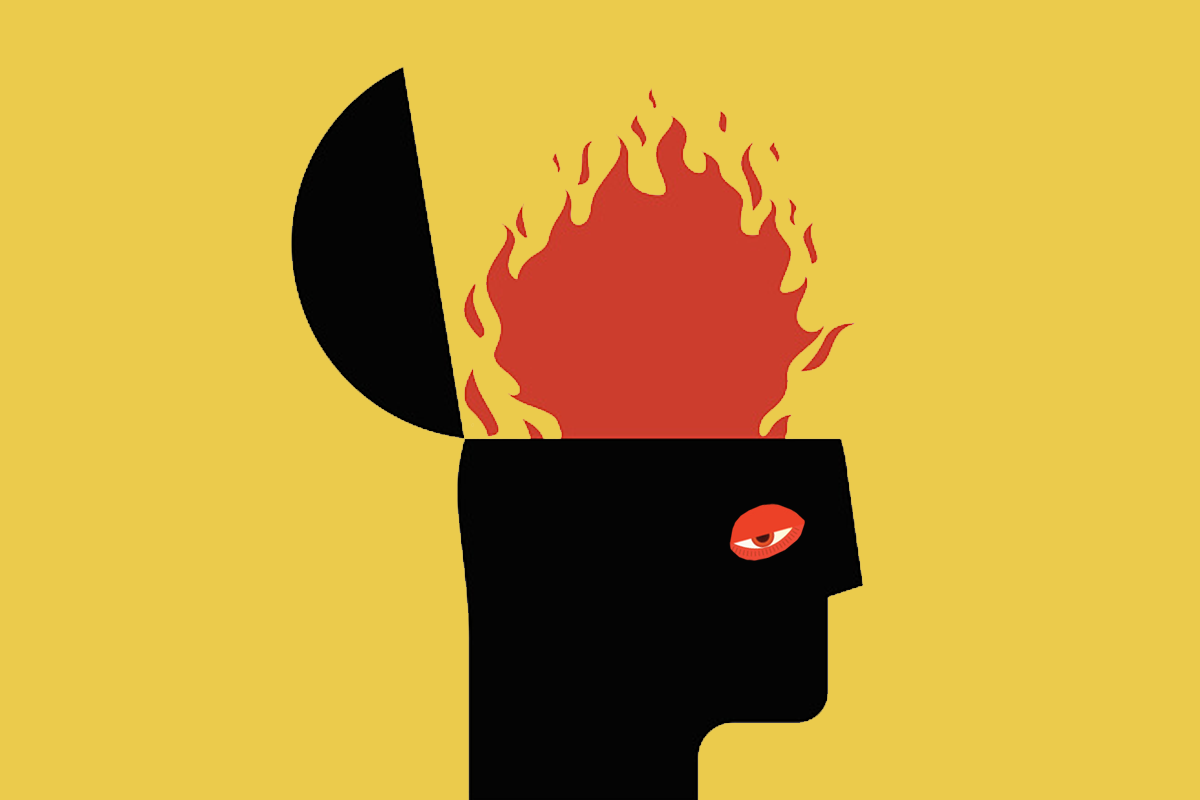

What Physicians and Nurses Want Execs to Do about the Burnout Problem

Burnout rates among physicians and nurses are declining slightly, but they remain above pre-pandemic levels, with staffing shortages emerging as a top contributing factor.
Meanwhile, those who report they are starting to feel burned out cite efficiency concerns while those who are completely burned out cite concerns related to their organizations more broadly. Moreover, the severity of clinician burnout and the likelihood of their leaving the organization are strongly correlated.
These are some of the key findings from a recently released KLAS Arch Collaborative report.
The report, based on KLAS data collected from more than 20,000 physicians and more than 32,000 nurses between January 2022 and August 2023, also found that clinicians want improved staffing and better alignment from leadership, greater electronic health record (EHR) efficiency and better pay.
Key Contributors to Burnout
Top factors contributing to clinician burnout are:
- Staffing shortages, noted by 56% of physicians and 65% of nurses.
- Too many bureaucratic tasks, cited by 54% of physicians and 29% of nurses.
- A chaotic work environment, noted by 28% of physicians and 39% of nurses.
- No control over workload, reported by 39% of physicians and 18% of nurses.
- After-hours workload, reported by 45% of physicians and 11% of nurses.
Across work environments, burnout is fairly consistent, but it differs by organization type. Physicians and nurses working in community health systems are the most burned out, likely because these organizations experience higher turnover rates that result in increased workloads and less support, the report concludes.
Yuma Regional Medical Center, a member of the Arch Collaborative, proactively created a psychologist-led program to address physician burnout. Their strategy includes ongoing monitoring and follow-up appointments, fostering a culture of open communication and reducing stigma around burnout.
Bridging the EHR Efficiency Chasm
The Arch Collaborative conducts research on burnout, focusing on how it intersects with the EHR. The report underscores that health care leaders can help alleviate clinician burnout and improve EHR satisfaction by focusing on efficiency.
The authors note that health systems can do this by providing additional EHR education, supporting EHR personalization and reducing repetitive actions. Removing constant, daily irritants is an effective way to help clinicians feel more in control of their workload.
Previous KLAS research shows a correlation between strong information technology delivery and reduced burnout. Likewise, physicians and nurses need evidence that the organization values their ideas.



